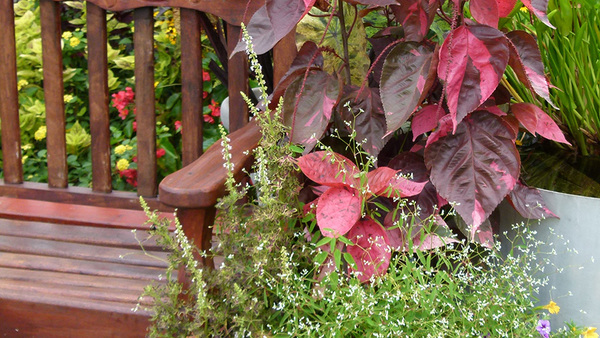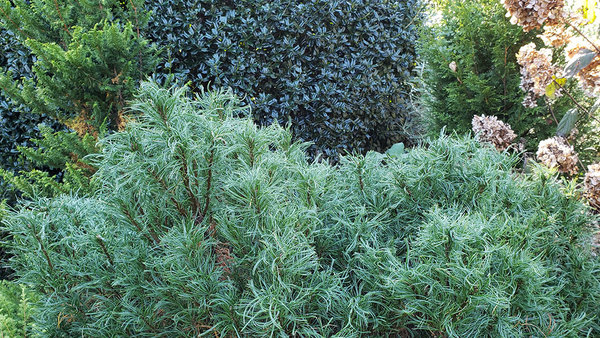
I’m not here to pop the rainbow-colored bubble you call “spring,” but here in the Southeast, summer does follow closely on its heels. That first blast of humid air on a 90°F (or above) day can feel like Mother Nature just created a force field, repelling you from your own backyard. We eventually adapt, but the energy required for gardening doubles as our bodies are working hard against overheating. If I could, I’d swap more gardening energy now for more time relaxing in the garden—cool beverage in hand—this summer.
“For everything there is a season” tends to be pretty literal when it comes to gardening and the patterns of nature, but if you maximize your best practices in May, you can pull back a bit in July and not see the garden go to pot.

Gear up
Humans are tool-using animals, so take stock of yours and make sure they are all in good repair. Working out the kinks of irrigation, sharpening loppers, and fixing the handle on your favorite weeding tool are much less frustrating in 75°F than in 95°F. Gardeners’ needs vary, but here are a few to consider:
- Replace washers in hoses and watering wands that are leaky or otherwise not up to par. If you water primarily by hose, using quick connectors makes linking hoses, watering heads, and sprinklers a breeze rather than a battle. With quick connects, you can keep sections of hose in different locations for less dragging, and simply link and unlink them in seconds. Speaking of dragging, don’t skimp on the placement of hose guards; add extra for easier navigation.
- If you’re using an irrigation system, run it and do a full inspection, replacing any worn or broken parts now. Note the pattern of output, and adjust it now based on new plants or known trouble spots from last year.
- Gather extra watering cans, fill them in the evening, and then tuck them away near the usual suspects for spot watering. If you’re concerned about mosquito breeding, add a chunk of a mosquito dunk to each can. Replace dunks monthly.
- Gather the right stakes for anticipated needs later in the season; if possible, tuck stakes near where you will need them, or store them in bundles ready to go to those areas. You can even put ties on the stakes in advance.
Be spot on with your maintenance now
Weeds gonna need weeding—that’s a given. However, if you get them cleared now and apply a 2- to 3-inch-deep layer of mulch before things heat up, you’ll be getting double benefit: weed suppression and temperature and moisture buffering of the soil. That could mean less hose-dragging in July. If you just do one thing to prep for hot weather, this may be your best investment.
Pruning of spring-blooming shrubs, trees, and perennials can be done directly after bloom is finished—no need to wait until June or July. Likewise, irises and daylilies can be divided, and berries can be netted just as soon as bloom is done.

Choose and treat your plants with July in mind
Consider more drought- and heat-tolerant annuals such as globe amaranth (Gomphrena spp. and cvs.), purslane (Portulaca spp. and cvs.), angelonia (Angelonia spp. and cvs.,), and Cape periwinkle (Catharanthus spp. and cvs.). Don’t be tempted to pick up and plant those sale-rack plants unless you are willing to invest the time in watering well for several months. Continue to water consistently anything you planted this spring, but take a light hand, if any, on the fertilizer. You want to promote a resilient root system before the stress of summer, but you don’t want to push an excess of soft, lush growth that will be a challenge to support when things get hot.

Be vacation-ready
Consider now how to care for your plants while you’re lounging among other flora. For short trips, irrigate before you leave, move containers into shadier locations, and put plants in your “nursery” (you know who you are) into shallow trays half-filled with water. Consider a trim on overgrown annuals before taking off, and ask a neighbor or friend to harvest your veggies to keep the plants producing.
Paula Gross is the former Assistant Director of the University of North Carolina at Charlotte Botanical Gardens.


















Comments
Log in or create an account to post a comment.
Sign up Log in